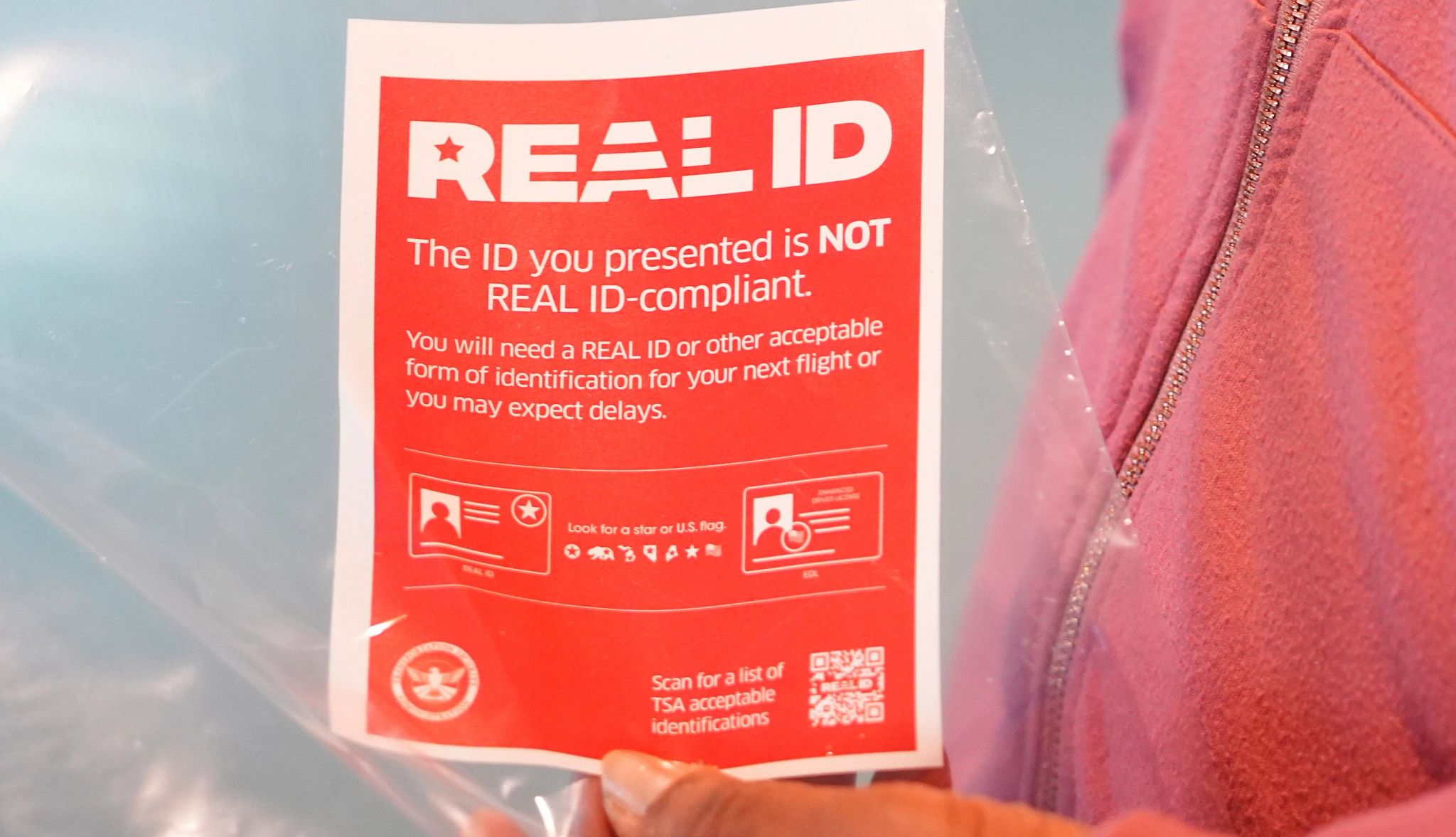AARP Hearing Center


Over 50 and experiencing hearing loss? Chances are you’ve got what’s known as sensorineural hearing loss (SNHL), which accounts for around 90 percent of hearing loss in adults 50 and older and results from damage to the inner ear or auditory nerve. While SNHL is typically permanent, it is often treated with hearing aids. Here’s what you need to know.
What it is
Hearing loss can happen when any part of the ear — outer, middle or inner — isn’t working as it should. Sensorineural hearing loss generally occurs when there is a problem with the inner ear. That’s where a snail-shaped organ called the cochlea resides.
“The cochlea is one of the most important organs of hearing,” says audiologist Bria Collins, associate director of audiology professional practices at the American Speech-Language-Hearing Association. “It houses tens of thousands of hair cells that help people hear. These hair cells help with clarity. For example, they help distinguish whether you hear the ‘s’ sound or the ‘f’ sound in speech. The more intact the hair cells in your cochlea, the clearer the speech sounds will be."
These tiny hair cells, known as stereocilia, can be damaged as a result of many factors, including noise exposure and normal aging, and once they’re damaged, they can’t be restored or repaired, leading to permanent hearing loss. Damage to the nerve pathways that lead from the inner ear to the brain can also cause SNHL.
Symptoms
Sounds and voices seem muffled. Carrying on a casual conversation over dinner at a restaurant is a challenge. Your grandkids are hard to understand. You may even be dizzy or have ringing in your ears (tinnitus). These are all symptoms of SNHL.
“Some of the early signs of sensorineural hearing loss include difficulty with speech volume and clarity, especially in background noise,” says Ishraq Alkibsi, a clinical audiologist at Next Level Hearing Care. “For people with sensorineural hearing loss due to aging, high-pitch frequencies are the most affected. Patients will report that they can’t hear high-pitched voices, like women’s and children’s voices.”

































































More on health
FDA Clears Way for Over-the-Counter Hearing Aids
Proposed rule would make devices affordable, accessibleHandling Hearing Loss at the Holidays
Parties and restaurants and carols — oh my! How to navigate the noise10 Signs of Hearing Loss You Shouldn’t Ignore
These everyday warnings deserve your attention